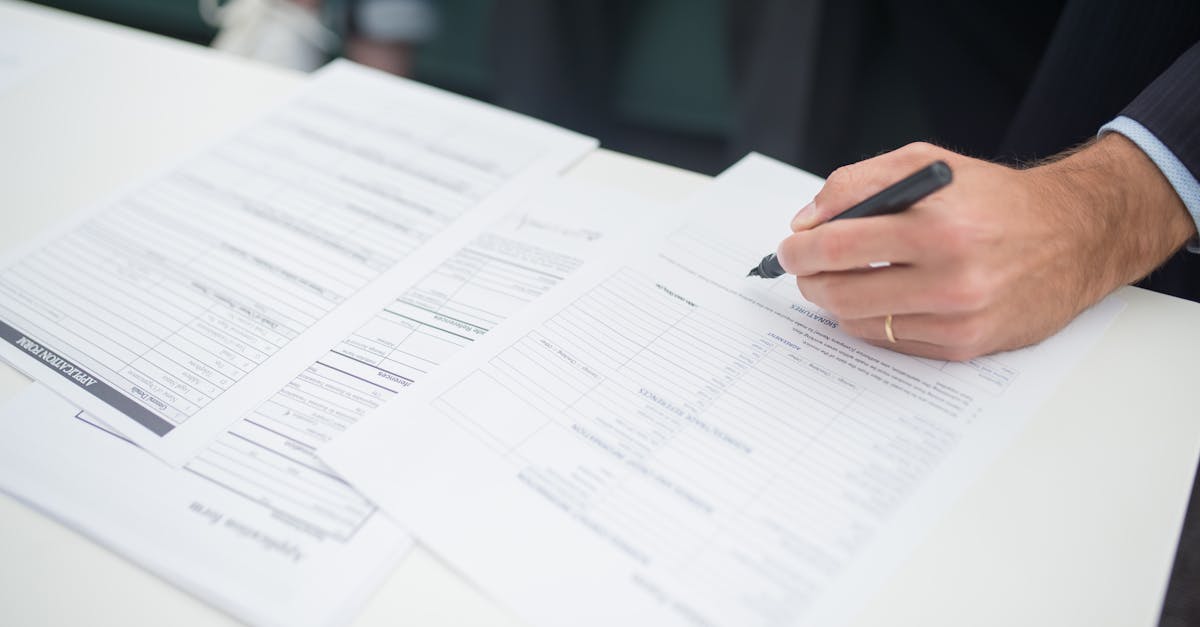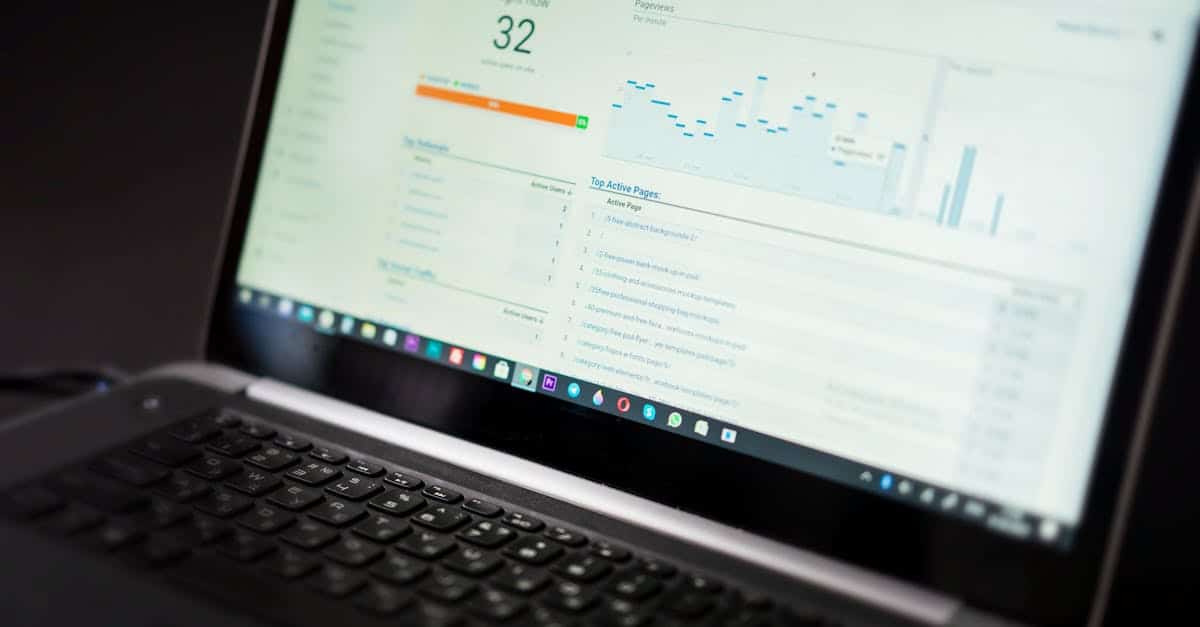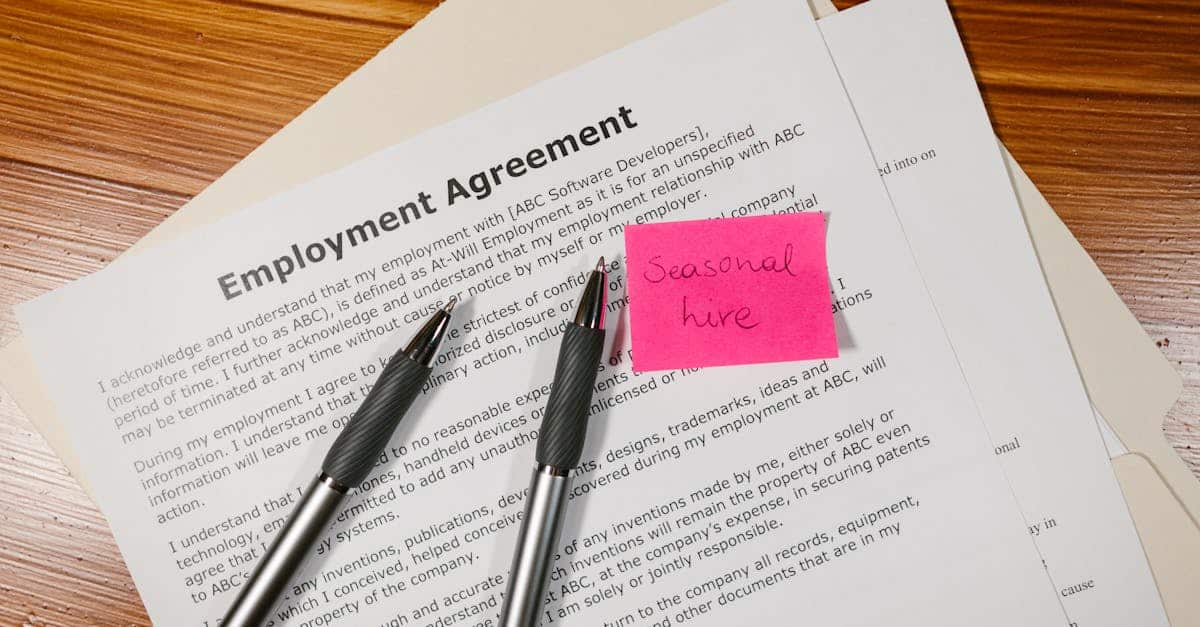
Introduction
Hiring still eats time, creates compliance risk, and frustrates new hires — especially for small businesses juggling growth, remote setups, and limited HR bandwidth. This guide cuts through that noise: practical, prioritized steps that reduce time-to-productivity, protect your business, and improve the candidate experience. If you manage HR onboarding, you’ll get a repeatable playbook that balances speed, legal safety, and retention from day zero through the first 90 days.
Document automation is the common thread that makes this scalable: from offer templates, e-sign workflows and background-check consent to day-one packets, compliance packs, structured 30/60/90 plans, and automated reminders. Below you’ll find the exact checklist items and templates — pre-hire offers and verifications, first-day essentials, compliance documents, training milestones, follow-ups, and checklist automation — so you can turn manual steps into reusable templates and straight-line onboarding in 2025.
Pre‑hire preparation: automated offer letters, background checks and verification templates
Automate the offer step to reduce time-to-accept and remove manual errors. Use templated offer letters that pull role, compensation, and start-date data automatically — this is a simple win in any HR onboarding process.
Provide hiring managers with a ready-to-send offer template (example: automated job offer) so offers are consistent and legally sound: https://formtify.app/set/job-offer-letter-74g61.
Background checks & verification
Standardize background and reference checks with checklist-driven workflows. Include a clear consent step in the offer package and attach verification templates so HR can confirm employment history quickly. Use a reusable employment verification template to speed verifications: https://formtify.app/set/78-employment-verification-letter-6fexi.
- Key items to automate: offer generation, candidate consent, ID and right-to-work checks, verification requests.
- Why it matters: faster hires, fewer errors, better candidate experience during employee onboarding.
First‑day essentials: appointment letters, new‑hire forms and equipment requests
Make day one predictable. Send an appointment letter that confirms arrival time, location (or remote setup instructions), reporting manager, and first-day agenda: https://formtify.app/set/appointment-letter-27avk.
New-hire forms and logistics
Bundle all required forms — payroll/tax forms, direct deposit, emergency contacts — into a single, mobile-friendly packet. Include equipment requests and IT access steps so no one shows up without a laptop or accounts.
- Checklist items for day one: signed appointment letter, tax/forms, ID verification, workstation/equipment, manager intro meeting.
- Best practice: use onboarding software to trigger IT and facilities requests automatically when a start date is confirmed.
Compliance pack: employment agreements, tax & verification letters, and NDAs
Centralize all compliance documents in one pack that new hires can review and e‑sign. This reduces legal risk and preserves audit trails for audits or disputes.
Core documents to include
- Signed employment agreement (use region-specific templates; example for California): https://formtify.app/set/employment-agreement—california-law-dbljb
- Tax withholding forms and payroll setup instructions
- Employment verification templates for future reference: https://formtify.app/set/78-employment-verification-letter-6fexi
- Non-disclosure agreements for sensitive roles: https://formtify.app/set/non-disclosure-agreementemployee-b9s6h
HR onboarding best practices: attach short guidance for each doc (why it exists, who to contact) and set mandatory e‑sign deadlines in the onboarding workflow.
Structured 30/60/90 day plans, training assignments and feedback loops
Use a phased development plan to align expectations and accelerate new-hire productivity. A clear 30/60/90 day plan breaks tasks into achievable goals and helps managers coach effectively.
Typical structure
- First 30 days: orientation, core processes, introductory training, immediate success metrics.
- Next 60 days: role-specific projects, cross-team introductions, deeper learning modules.
- By 90 days: independent project work, performance review, retention check-in.
Training assignments & feedback should be scheduled as tasks in your hr onboarding software, with clear owners and deadlines. Combine short e-learning modules, mentor sessions, and live workshops to support different learning styles.
Measure success: track KPIs such as time-to-productivity, completion rates for training, new hire satisfaction, and early retention. These metrics inform your onboarding process improvements and talent onboarding strategy.
Automated reminders, e‑sign workflows and retention-focused followups
Remove manual tracking by automating reminders and e‑sign workflows. When documents are outstanding, or training is incomplete, automated nudges reduce administrative load and speed compliance.
Workflow examples
- Automatic reminders for unsigned offers or NDAs after X days.
- E-sign escalation: notify manager if a critical compliance doc remains unsigned.
- Retention-focused follow-ups at 30, 60 and 90 days asking for feedback and offering resources.
Integrate these flows with your HR systems and onboarding software to ensure updates on completion status and to power monthly retention reports. Well-timed, personalized followups are a practical onboarding retention strategy.
Checklist automation: turn the manual onboarding checklist into reusable templates
Convert your paper checklist into templates so every hire gets the same experience and nothing is missed. A reusable onboarding checklist saves time and standardizes the hr onboarding process.
How to structure templates
- Group tasks by phase: pre-hire, first day, week 1, month 1.
- Assign roles: who completes each item (HR, IT, manager, mentor).
- Attach required documents and links (offer, appointment, verification, NDA, employment agreement).
Use the checklist as a trigger set in your hr onboarding software and build variants for remote employee onboarding, seasonal hires, or leadership roles. Keep a library of templates and update them when policies or tools change — this is how you scale efficient new hire onboarding.
Summary
By following the checklist — automated offers and verification, predictable day‑one packets, a centralized compliance pack, structured 30/60/90 plans, and automated reminders tied to reusable checklists — you’ll shrink time‑to‑productivity, reduce legal risk, and give new hires a smoother experience. Document automation gives HR and legal teams consistent templates, enforceable e‑sign workflows, clear audit trails, and fewer manual errors so compliance and scalability are no longer tradeoffs. Make HR onboarding more reliable and repeatable in 2025 by converting these steps into templates and workflow triggers; get started with templates and integrations at https://formtify.app
FAQs
What is HR onboarding?
HR onboarding is the process of integrating a new employee into your organization, covering everything from paperwork and compliance to training and cultural orientation. It aims to shorten time‑to‑productivity, set clear expectations, and improve retention.
How long should HR onboarding take?
Onboarding timelines vary by role and complexity, but a common structure spans day zero through the first 90 days: administrative setup before day one, core orientation in the first 30 days, deeper role training by 60 days, and independent work plus a review by 90 days. Simpler or contract roles may require shorter programs, while leadership and technical hires often need extended plans.
What are the key steps in the HR onboarding process?
Key steps include pre‑hire automation (offer letters, background checks), first‑day essentials (appointment letters, new‑hire forms, equipment), a compliance pack (agreements, tax forms, NDAs), structured 30/60/90 training plans, and automated reminders and follow‑ups. Turning each step into templates and workflow triggers ensures consistency and reduces errors.
How do you measure the success of HR onboarding?
Measure onboarding success with metrics like time‑to‑productivity, training completion rates, new‑hire satisfaction scores, early retention (30/90‑day), and compliance completion. Use data from your onboarding software to identify bottlenecks and iterate on the process.
What is the difference between onboarding and orientation?
Orientation is a short, administrative introduction (policies, paperwork, building tour), while onboarding is an extended process that includes role‑specific training, mentorship, culture integration, and performance milestones over weeks or months. Onboarding is designed to make the hire effective and retained beyond the initial orientation.





